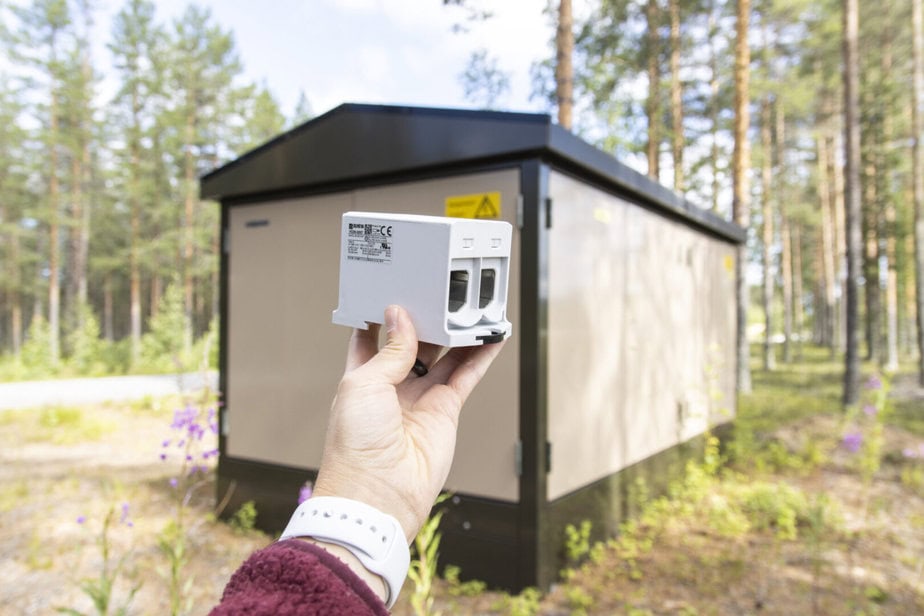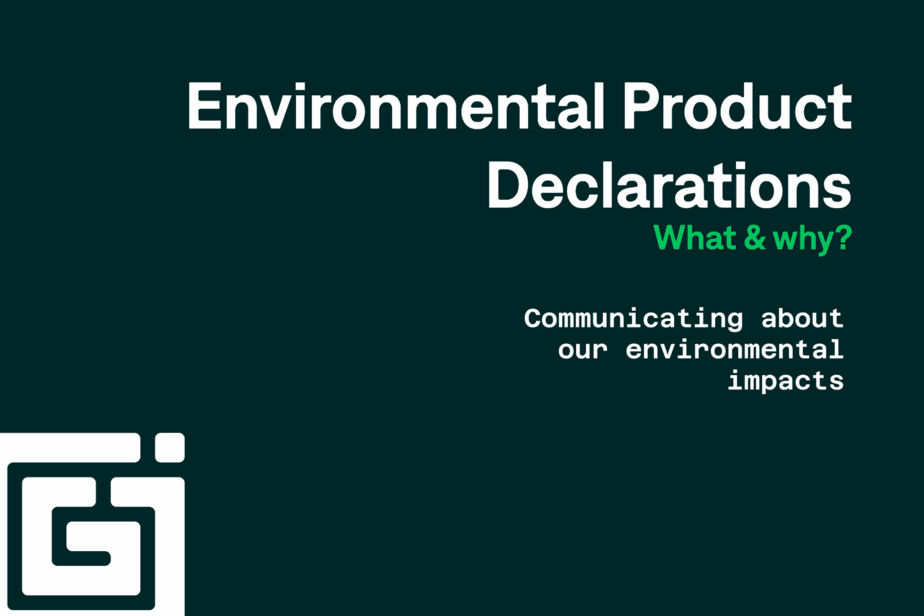An Environmental Product Declaration (EPD) is a document that showcases the environmental impacts of a product or service throughout its entire lifecycle – for example how much carbon emissions the manufacturing, use and disposal produce. It can be compared to an “environmental passport” of a product. The data presented in the document is based on a Life Cycle Assessment (LCA). LCAs investigate the entire lifecycle of a product from the production of the raw materials used to the final processing of the product during disposal or recycling. EPDs are standardised (EN 15804), impartial and third-party verified reports.
During this year, we have been creating EPDs for our connector products at Ouneva. The availability of EPDs will expand in the future. At the moment, EPDs are available for OPK universal branching connectors, OTL universal connectors, C-sleeves and as the latest addition for the OJL distribution blocks. More information and available documents can be found on our product website or from your nearest wholesaler.

At Ouneva Group, sustainability is at the heart of what we do. One of the goals of our sustainability strategy is reducing our environmental impacts. Improving energy efficiency by utilising waste heat, optimising our raw material use and a high recycling rate are a few of the concrete ways in which we intend to reach this goal. We want to be one step ahead in everything we do and that is one of the reasons why we started preparing EPDs for our own products as early as possible. Our own product development benefits from the lifecycle assessments as well as our customers.
“EPDs are a great way for us to identify and reduce the environmental impacts of our products in line with the goals of our sustainability strategy. They help us in identifying specific hot spots within our products and thus giving us direction on what to improve next from an environmental perspective”, says Annika Tuovinen, Sustainability Engineer at Ouneva Group.

EPDs are important documents especially in the construction sector. Environmental requirements of buildings are regulated nationally and at EU level. The most relevant EU regulations related to the environmental performance of buildings are the Construction Product Regulation (CPR) and the Energy Performance of Buildings Directive (EPBD). Environmental declarations are also widely used in international green building certification systems such as LEED and BREAAM.
Examples of national requirements:
| Finland, Sweden and Denmark | Assessment of embodied carbon in buildings |
| Norway | At least ten products with EPDs in any large public projects |
| Germany, Belgium | Assessment of life cycle impacts of publicly funded buildings |
| Italy | Specific percentage of recycled content in a public building |

